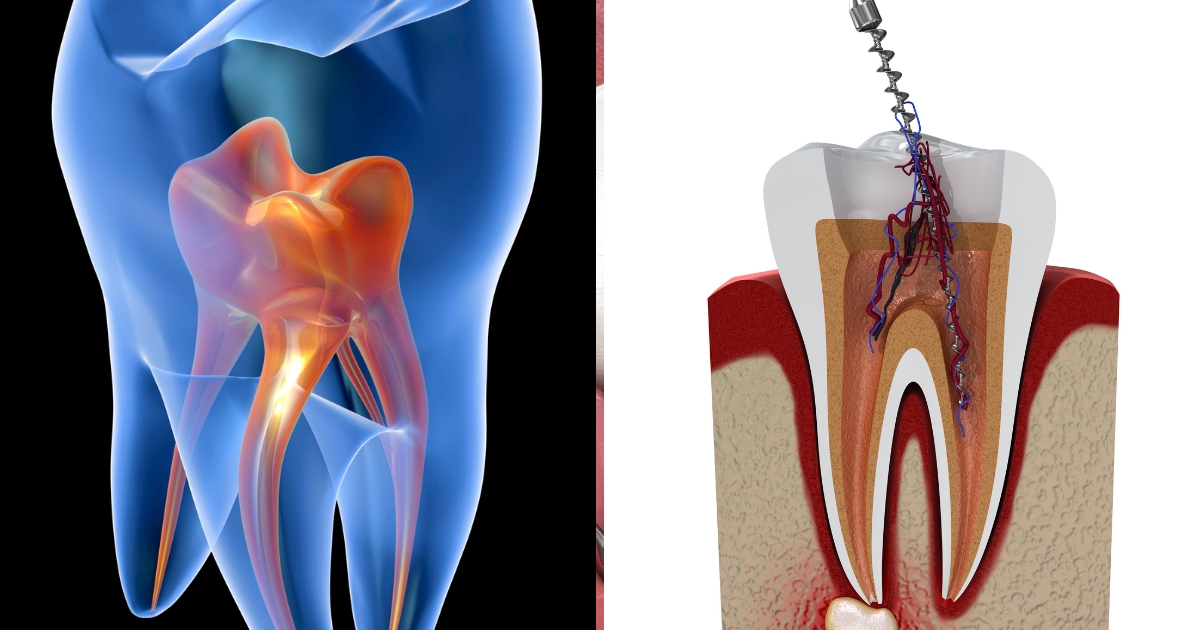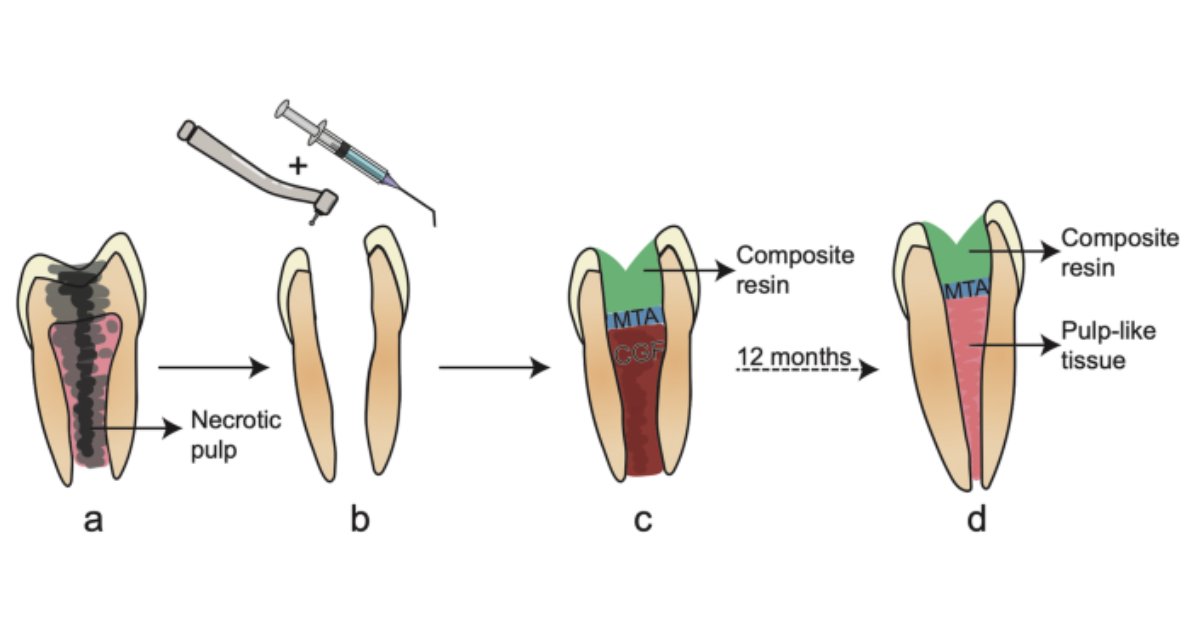Call Us Today 817-737-7668

Are you facing the issue of toothache? Sometimes, that little ache could be a sign of something big. Welcome to the war: Vital Pulp Therapy vs Root Canal. Does it sound sensationalized? It is!
Teeth contain pulp within. Pulp is a soft tissue that makes them live. When it gets damaged, choices come in quick succession. Vital Pulp Therapy and Root Canal isn’t merely a dental argument. It’s a game of survival for a tooth.
If you choose wrong, you stand to lose it. Vital Pulp Therapy and Root Canal may seem confusing. Fear not. This blog will clarify Vital Pulp Therapy vs. Root Canal in a manner your smile will appreciate.
What is Vital Pulp Therapy?
Vital Pulp Therapy (VPT) is an effort to keep pulp tissue alive within a tooth. Dentists usually prescribe it to younger patients or for incipient tooth damage. It’s perfect when pulp is inflamed but not infected.
The three primary categories are indirect pulp capping, direct pulp capping, and pulpotomy. All the techniques focus on shielding the pulp and encouraging healing. Throughout the treatment, your dentist cautiously removes decay and closes the tooth.
Vital Pulp Therapy is used when the tooth’s future hinges on minimal intervention and natural preservation.
What is Root Canal Treatment?
Root Canal Treatment (RCT) removes a tooth’s infected or dead pulp. Dentists employ it when the pulp cannot be retained because of extreme decay or trauma. It involves removing the pulp, cleansing the canals, disinfecting, and sealing the tooth.
Sometimes, a crown is put later on for cover. RCT prevents the spread of infection. The outcome is pain relief and tooth retention.
Vital Pulp Therapy vs Root Canal decisions usually rely on the extent of pulp damage.
Pros and Cons of Vital Pulp Therapy
Pros
Vital Pulp Therapy vs. Root Canal Arguments lean towards VPT for maintaining tooth vitality. It’s less invasive and offers little drilling and shorter visits. The cost is generally lower, and natural tooth function is preserved.
Cons
However, it is not appropriate for teeth with very severe infections. If inflammation spreads, treatment will fail. Long-term success is variable, particularly in adults. Vital Pulp Therapy is risky if infection is close to being irreversible. Dentists determine suitability based on X-rays and pulp status.
Pros and Cons of Root Canal Treatment
Pros
Root Canal Treatment excels at treating painful infections and enjoys predictable long-term success. Relief from pain is instantaneous post-treatment. When it comes to longevity, RCT is likely to be the winner.
Cons:
It’s more invasive, with pulp removal and canal reshaping. It costs more because of the materials and the crowns. Teeth can become brittle with time, so your dentist will probably suggest a crown afterward.
Vital Pulp Therapy vs. Root Canal isn’t one answer that fits all. Every case requires an individualized approach. Knowing the advantages and disadvantages enables you to speak with your dentist about your options.
Whether pulp preservation or removal is used, the purpose is tooth survival. Take symptoms seriously. Early intervention saves time, money, and smiles. Ask our dentists what route is optimal for your tooth. Regular check-ups and proactive maintenance always pay dividends.



